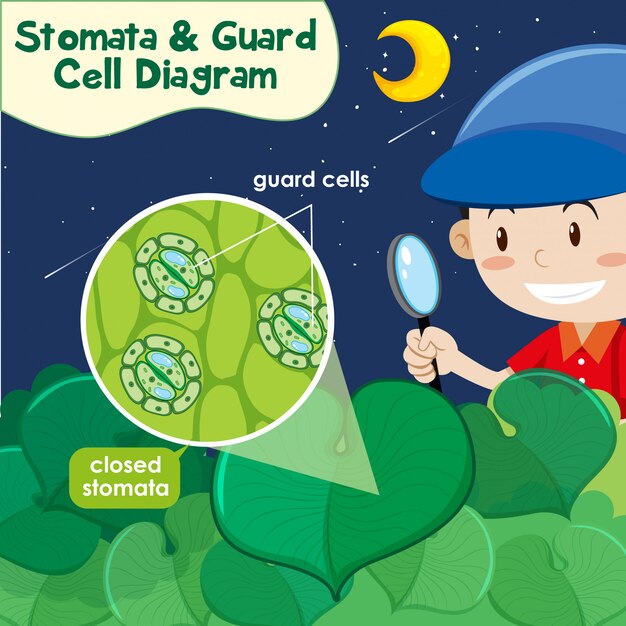Fascinating Facts about Uranus for Kids

Uranus is the seventh planet from the Sun.
Uranus is the third largest planet in our solar system.
Uranus is named after the Greek god of the sky.
Uranus is known as an ice giant because it is composed mostly of gases and ices.
Uranus has a blue appearance due to the presence of methane in its atmosphere.
Uranus has a unique tilt, as its axis is tilted at almost a right angle.
Uranus has very extreme seasons, with each one lasting about 20 years.
Uranus has 27 known moons, with the largest being Titania and Oberon.
Uranus has faint rings made up of rocks, dust, and ice.
Uranus was discovered by astronomer William Herschel in 178
Uranus is the only planet in our solar system named after a Greek god.
Uranus is four times larger than Earth in diameter.
Uranus has a very cold average temperature of about -200 degrees Celsius.
Uranus takes about 17 hours and 14 minutes to complete one rotation.
Uranus takes about 84 Earth years to complete one orbit around the Sun.
Uranus has a weaker gravitational pull due to its lower mass.
Uranus has a calm and quiet atmosphere with very few storms.
Uranus is not visible to the naked eye and requires a telescope to observe.
Uranus has a unique magnetic field that is tilted at an angle of about 60 degrees.
Uranus has a rocky core surrounded by hydrogen and helium gases.
Uranus has a total of 13 rings, which were discovered by the Voyager 2 spacecraft.
Fascinating Facts about Uranus for Kids part 2
Uranus has a diameter of about 31,500 miles, making it slightly larger than Neptune.
Uranus has a very thin atmosphere composed mainly of hydrogen, helium, and methane.
Uranus has a total of 1,281 times the volume of Earth.
Uranus has seasons that are much longer than those on Earth due to its distant orbit.
Uranus emits very little heat compared to other planets in our solar system.
Uranus has been visited only once by a spacecraft, Voyager 2, in 1986.
Uranus has a total of five large moons and numerous small moons.
Uranus rotates on its side, causing its poles to face the Sun at different times.
Uranus has a faint system of rings that are difficult to observe from Earth.
Uranus is quite gassy, with its atmosphere made up of primarily hydrogen and helium.
Uranus has a blue-green color due to the absorption of red light by methane in its atmosphere.
Uranus has a very thin ring system compared to Saturn’s prominent rings.
Uranus has an average distance from the Sun of about 1.8 billion miles.
Uranus is not visible to the naked eye and was originally thought to be a star.
Uranus’s atmosphere is composed of about 83% hydrogen, 15% helium, and 2% methane.
Uranus’s magnetic field is tilted at an angle of 59 degrees relative to its rotational axis.
Uranus has a total of 27 known moons, each named after characters from the works of William Shakespeare and Alexander Pope.
Uranus’s unique tilt is believed to be the result of a giant collision with a massive object in its past.
Uranus has a very low density, which means it could float on water if a large enough body of water were available.
Uranus’s unique tilt also causes extreme weather patterns, as the Sun shines directly over each pole for long periods.
Uranus’s rings are very narrow and faint, making them difficult to observe from Earth.
Uranus has a very low temperature due to its distance from the Sun, making it one of the coldest planets in our solar system.
Uranus has a thin atmosphere that extends to a height of about 310 miles.
Uranus’s distance from the Sun results in extremely long and cold winters, with temperatures dropping below -200 degrees Celsius.

